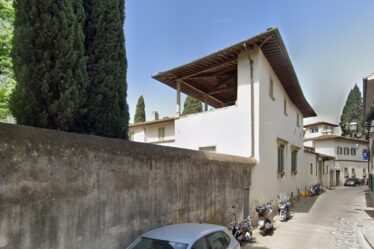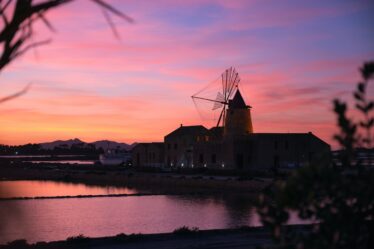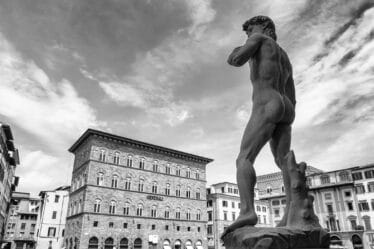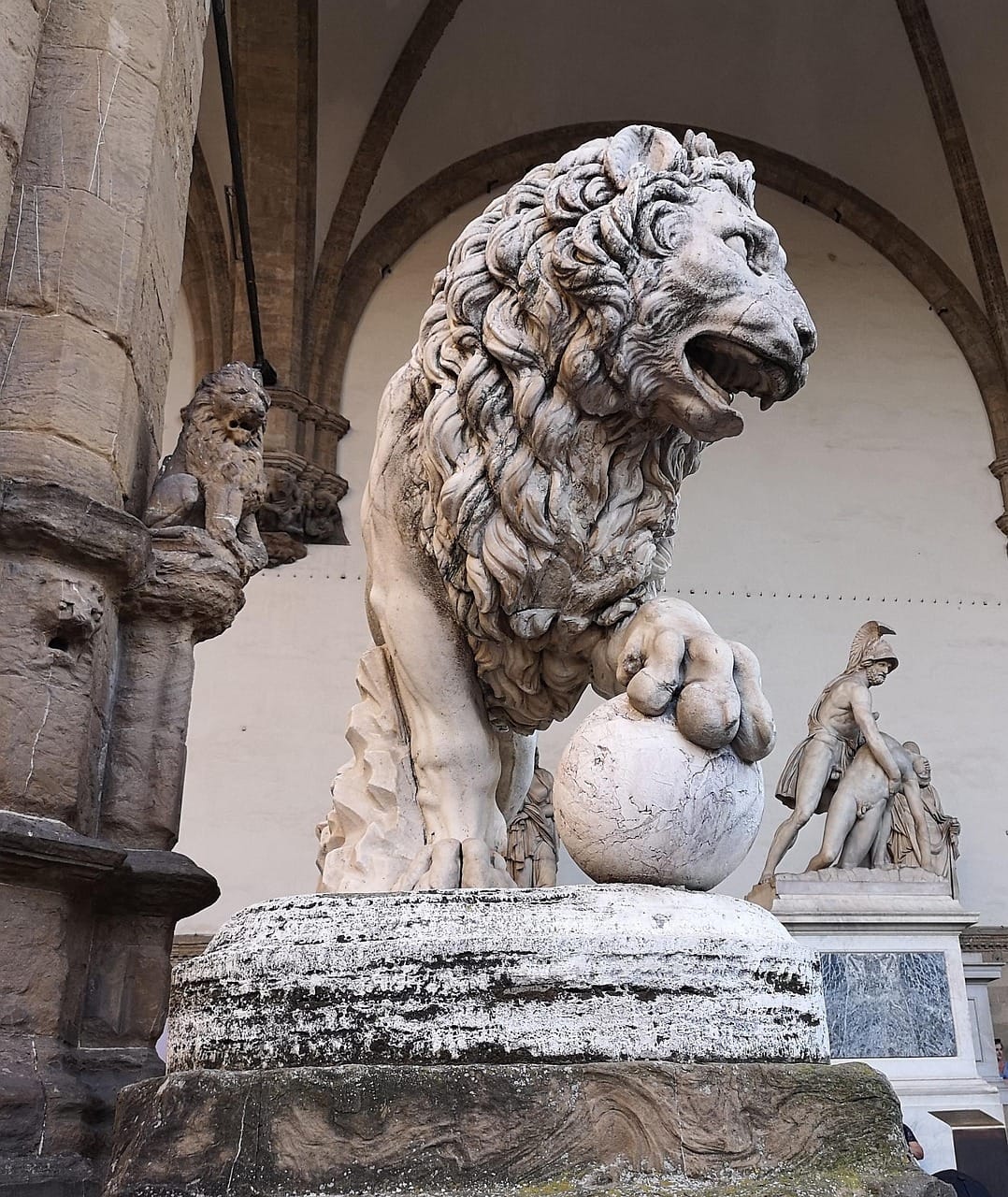
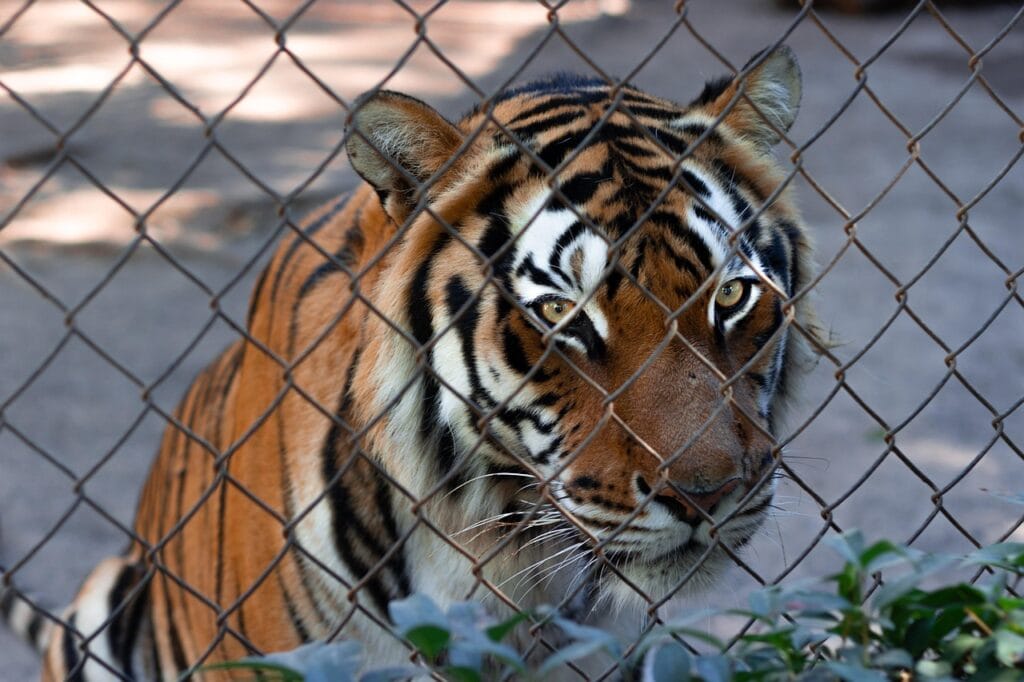
When Florence Had a Jungle: The Lost Zoo of Le Cascine
“Forgotten Zoo of Florence” uncovers a wild and whimsical piece of the city’s past, when lions and alpacas lived where cyclists now race.
In the heart of the 19th century, while Italy was learning to walk united as a single nation, Florence dared to dream something unique: a place where humans, science, and exotic animals could coexist in an unusual experiment of acclimatization and wonder.
The result? The creation, in 1863, of the Regio Giardino Zoologico Fiorentino—Florence’s royal zoological garden. Directed by the naturalist Giuseppe Desmeure, it was one of Europe’s earliest examples of scientific zoos open to the public. And this, dear reader, is the story of the Forgotten Zoo of Florence.
Where Was the Forgotten Zoo of Florence?
Surprisingly, it stood exactly where today you’ll find the Velodrome of Le Cascine, the tennis courts, and the historic Sferisterio arena.
Anyone strolling through these sports facilities may have no idea that beneath the gravel and pathways once lay an extraordinary 19th-century zoological theater.
That area—known as Primo Prato delle Cascine—was granted by the city to the zoological society after the 1861 Italian Exposition, as a site to explore coexistence between civilized humans and the wildness of the world’s fauna.
At its peak, the Forgotten Zoo of Florence hosted giraffes, lions, bears, hyenas, kangaroos, antelopes, monkeys, and tropical birds. But the two animals that became the talk of the town were:
- A kangaroo from Australia, which jumped “like a little forest spirit,” capturing the fascination of visitors.
- A Peruvian alpaca, which gained fame—and notoriety—for spitting with impressive precision on overly curious spectators.
It was not uncommon, according to local accounts, to see refined ladies of the time storm out of the zoo—offended and… moistened.
A Surprisingly Modern Institution
Despite its age, the zoo was surprisingly advanced:
- Admission tickets (costing 50 cents)
- Printed guides
- Numbered paths and enclosures
- Wrought iron pavilions, aviaries, barns
- Even a full kitchen to prepare food for the animals
Desmeure didn’t just manage logistics—he envisioned the zoo as an open-air scientific laboratory, where people could study the adaptation of exotic species and foster a deeper connection with the biodiversity of the planet.
Here too, the Forgotten Zoo of Florence acted as an early platform for public education, long before conservation became a buzzword.
The Decline of a Dream
However, everything changes. With King Umberto I ascending the throne—less interested in such progressive ventures—and architect Giuseppe Poggi beginning the redevelopment of Florence’s parks, the zoo quietly shut down around 1880.
Today, almost nothing remains of its existence, except for a few mentions in historic maps and dusty archive records. Still, the memory of the Forgotten Zoo of Florence lingers in those who know where to look.
If You Pass by Today…
So, next time you’re cycling past the velodrome, or playing tennis beneath the old plane trees of Le Cascine, stop for a moment.
Remember that where your tennis ball bounces, once roared lions.
Where runners sprinted for victory, kangaroos leapt in curiosity.
And somewhere nearby, an irritable alpaca spat with perfect aim, teaching generations of Florentines not to lean too close.
In a city filled with Renaissance masterpieces, it’s easy to forget the wild side of history. But thanks to the Forgotten Zoo of Florence, we’re reminded that even in the age of top hats and parasols, Florence was never afraid to dream wildly.
Yes—Forgotten Zoo of Florence still echoes through the trees of Le Cascine.

